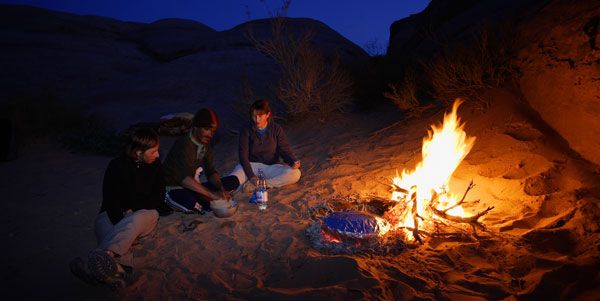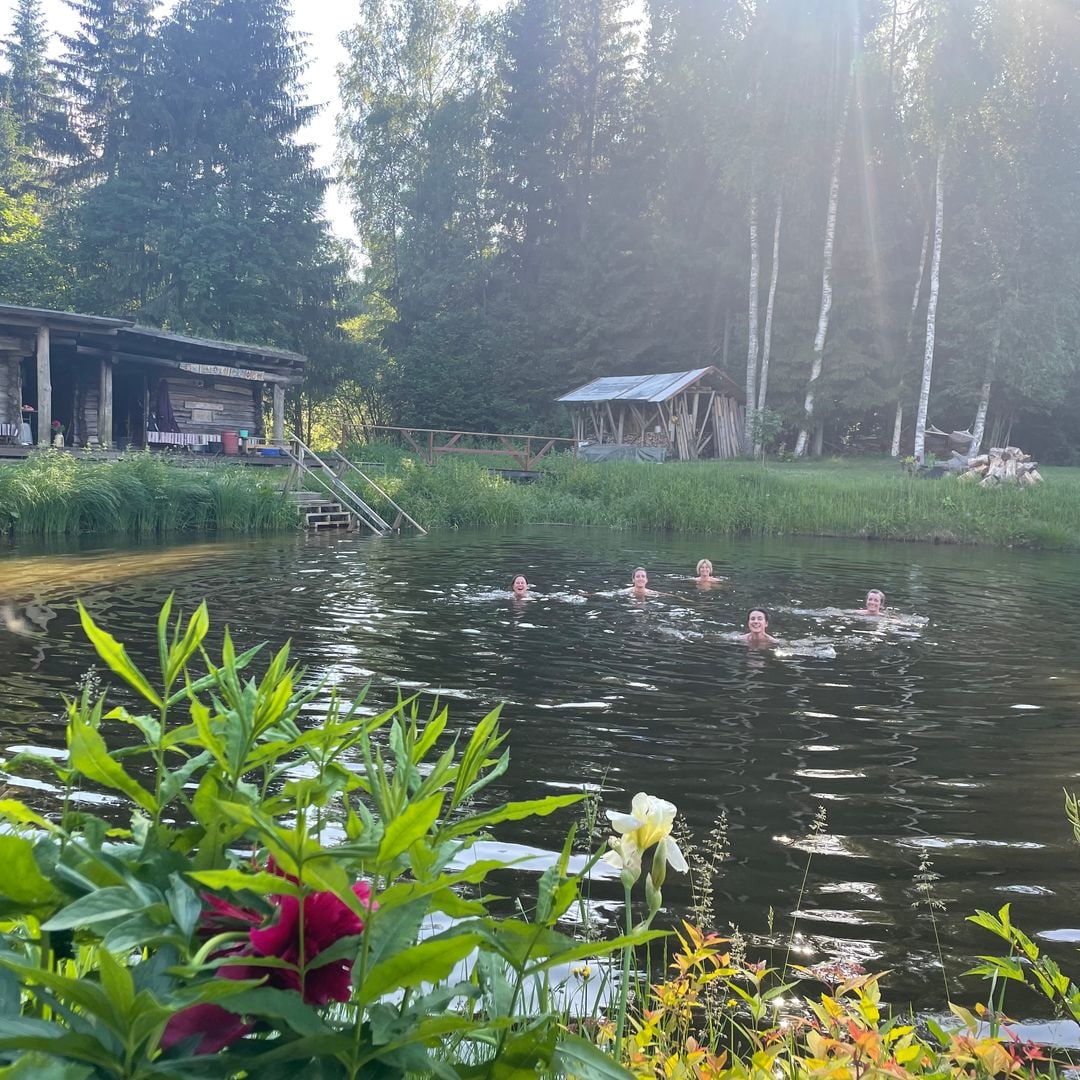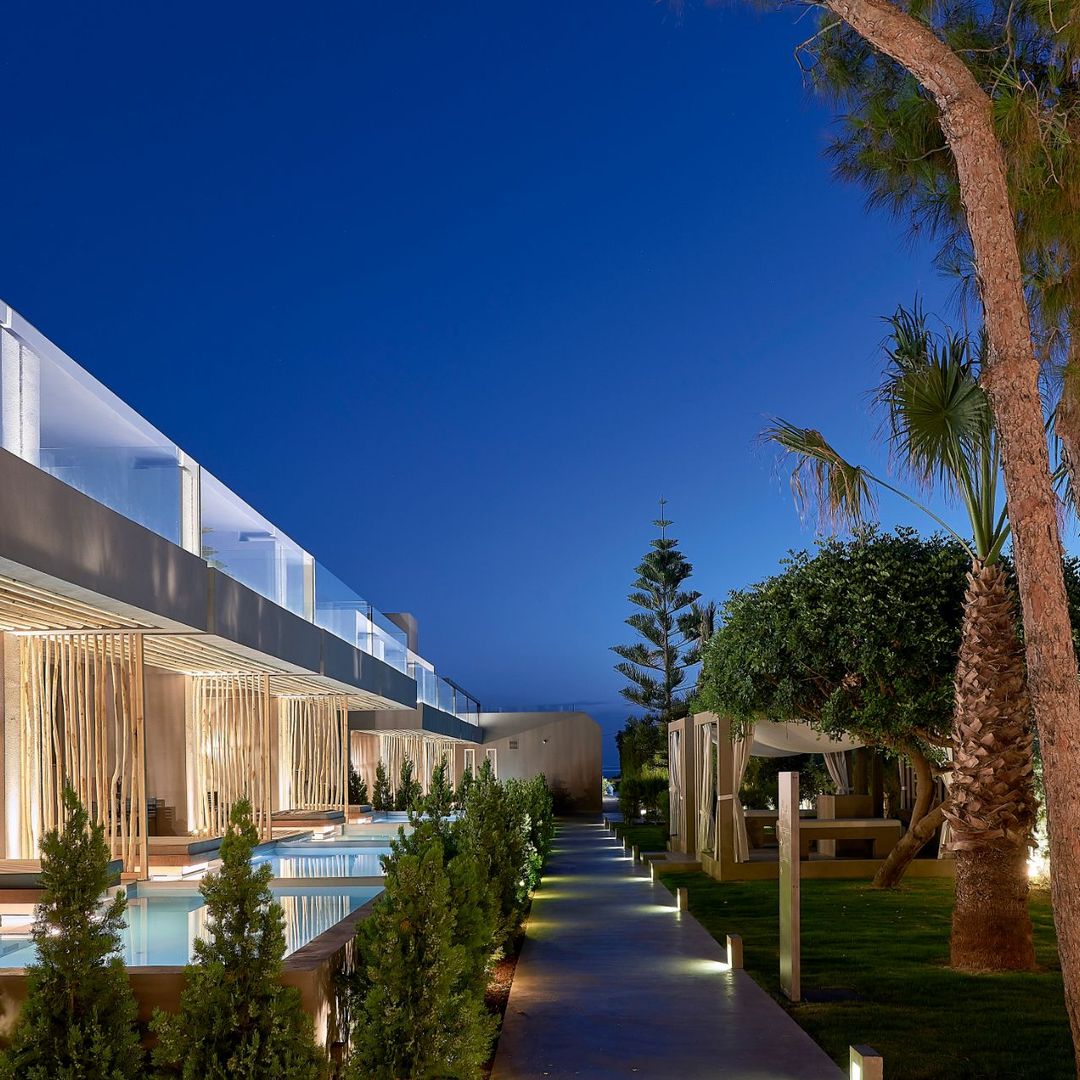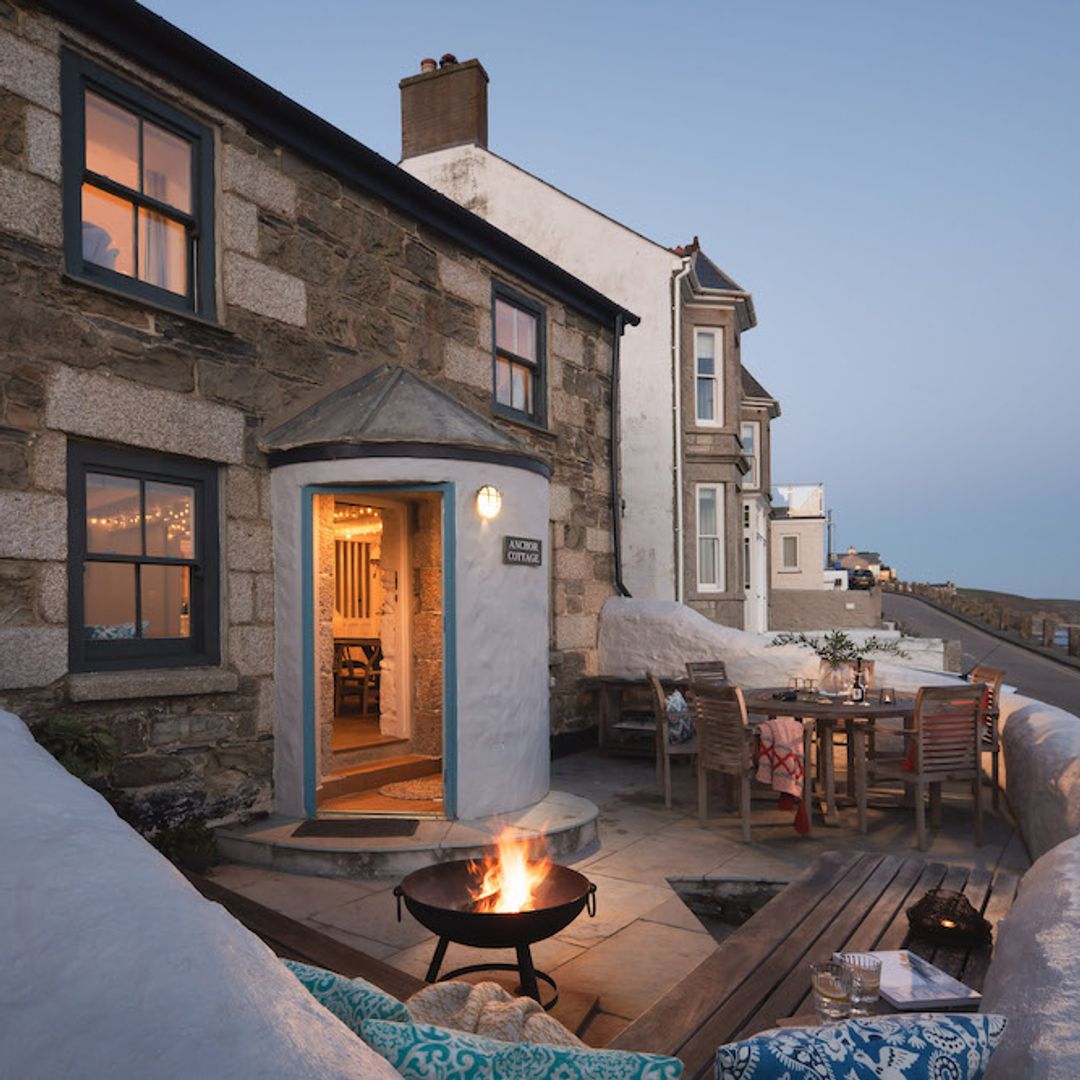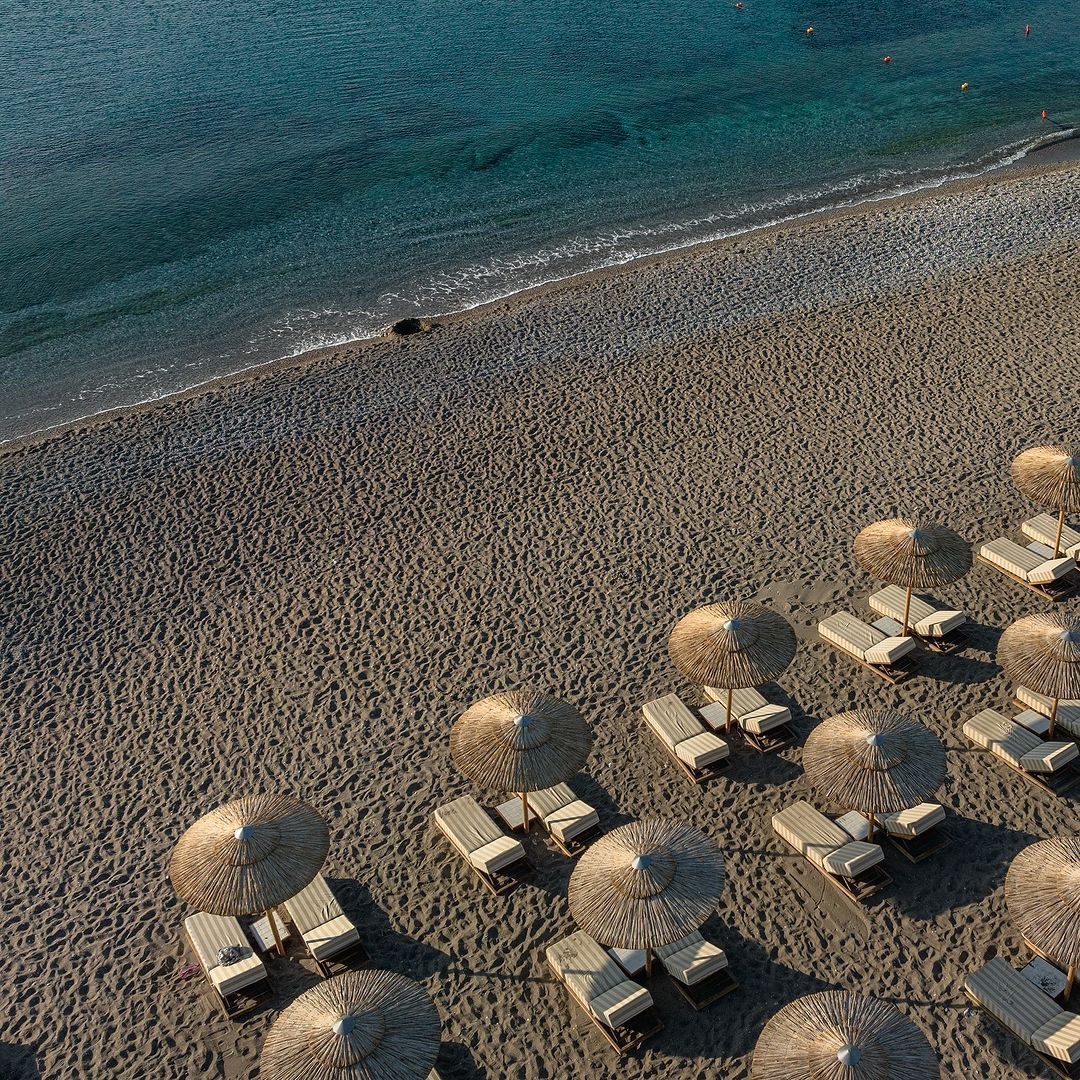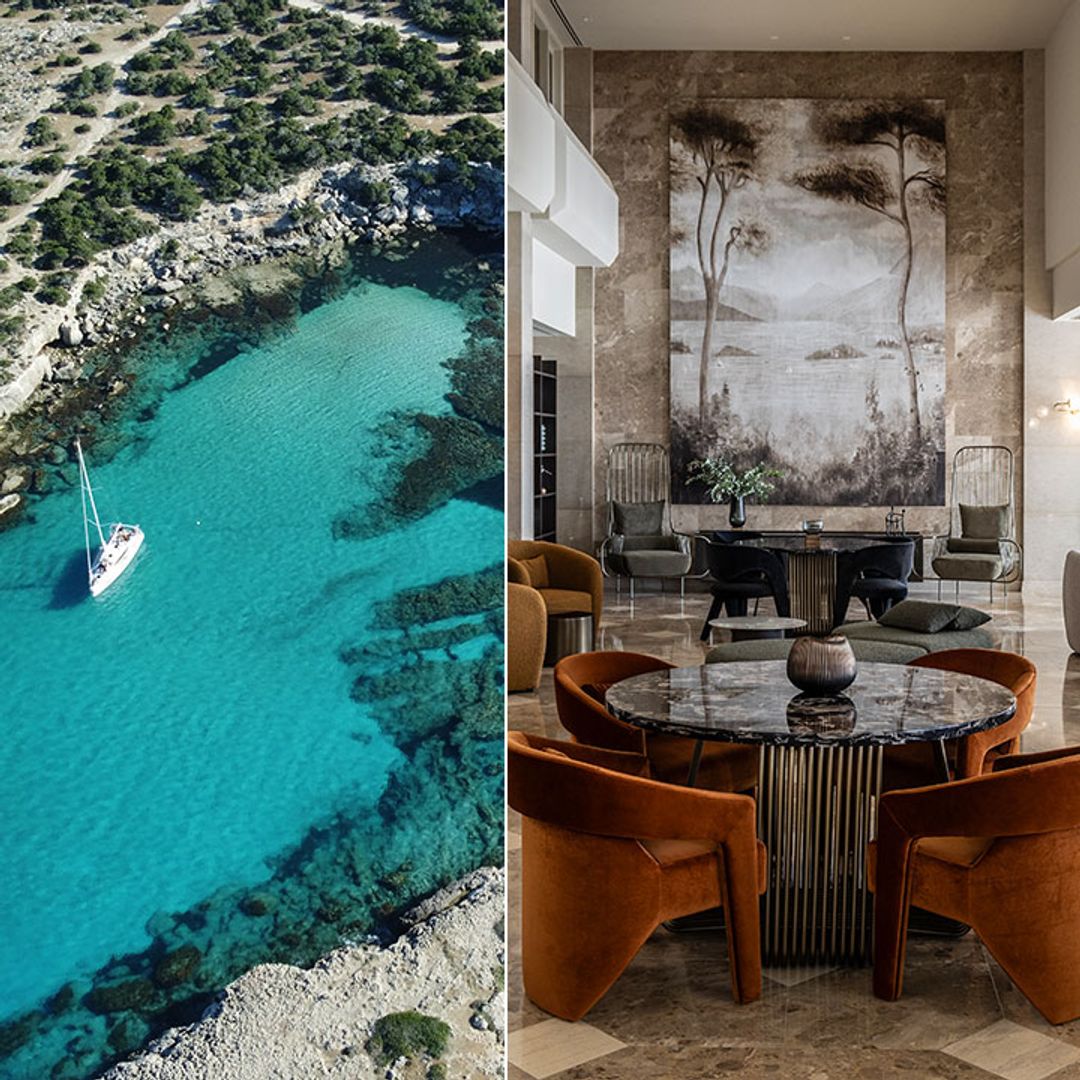Petra, the “rose-red city half as old as time”, a city carved into the rock by the Nabataeans, was established around the sixth century BC and has been a UNESCO World Heritage site since the mid-eighties. Just an hour an a half to the south lies Wadi Rum, a maze of natural rock formations cut into the sandstone and granite, where Lawrence of Arabia based his headquarters during World War I.
At Wadi Rum, the jagged silhouettes of rust-coloured mountains – including Mount Rum, named the Seven Pillars of Wisdom by Lawrence – rise above the morning haze, seeming to float in the air. This was the area the great British archaeologist and military commander, immortalised by Peter O'Toole in David Lean's Hollywood epic, chose as his base, an area dominated by great towering rockscapes he described as “vast, echoing and god-like”.
That description must surely seem accurate to those who walk or drive among the vast coppery-pink mountains, or take a camel ride to explore the mysteries of the desert. Even more so, perhaps to those who sleep under the inky blackness of the desert sky as Lawrence himself would have done. Today, each morning at dawn, if weather conditions permit, a handful of privileged visitors have the chance to see this moonscape scenery from an entirely different perspective, looking out on “deserts of vast eternity” as they hang suspended in the air in the fragile basket of a hot-air balloon.
Petra, too, offers a taste of eternity for visitors. The beautiful secret city of the Nabataeans was lost to the world in general for centuries until rediscovered in 1812 by the Swiss explorer Johann Ludwig Burckhardt. The stone city is often referred to as the eighth wonder of the ancient world, it is included in the recent list of the severn modern wonders of the world, and it is said that nothing can quite prepare you for the reality of a visit to the rose-red city that was once an important junction on the silk and spice routes between Europe and the East.
The only approach to Petra is through the Siq, a narrow gorge over a kilometre long whose multi-colour walls tower on either side until at last you reach the end and catch your first glimpse of Al-Khazneh, the Treasury, carved out of the sheer rock face and dominating the scene. This, though is just the first of many breath-taking wonders, and it would take days to explore all the nooks and crannies of the great carved city. When the Nabataean culture was at its height, it was strong enough to challenge the power of Rome, but eventually joined the Empire. Later, changes in the trade routes meant that by the eighth century, Petra was pretty much abandoned. Now a few Bedouin families live in the deserted city, selling trinkets and offering donkey rides – “Taxi, Ma'am?” – to tourists who find the heat and the climb to the farthest buildings too much.Even at the busiest times of year – and Petra is Jordan's most popular tourist attraction – the vast complex seems to swallow up the thousands of visitors and impose its atmosphere of mystic power. And that hallowed atmosphere becomes even more apparent during the Petra by Night visits, which allow you to discover the city by the flickering light of torches and candles once the sun has gone down.
THE PRACTICALITIES
Getting between Wadi Rum and Petra
If you are not travelling as part of an organised group and have not rented a car, buses are available, or it is possible to take a taxi, which works out quite cheaply. Petra is reached on foot from the town of Wadi Musa, where hotels and other services are available.
Tours and balloon flights
Tours of Wadi Rum can be arranged directly at the overnight camps. Balloon flights over Wadi Rum are available at around £115 from the Jordan Royal Aero Sports Club, who also offer flights over the area which vary in price from around £35 to £110 depending on duration.
Where to stay
A range of accommodation options is available, from the luxury of the Movenpick Resort at Petra, a 183-room complex close to the entrance to the ruins, to one of the Captain's Desert Camps, at Wadi Rum, which offer all the romance and desert adventure of staying in a Bedouin tent.
Where to eat
Due to the distance between the town and the monument complex, the best plan is probably to take a picnic to eat among the ruins and plan for a special evening meal later. Wadi Musa – the town that has grown up around the ruins – has some good hotels with dining facilities, and the Al Qantarah restaurant serves excellent traditional cuisine. Alternatively, there's the Petra Kitchen, whose cuisine tours include sightseeing activities as well as the chance to don an apron and help in the preparation of the speciality dishes that you'll be enjoying later. At Wadi Rum, it's usual to eat the evening meal in the overnight camp, while during the day, the Visitor Centre restaurant offers a practical alternative.

